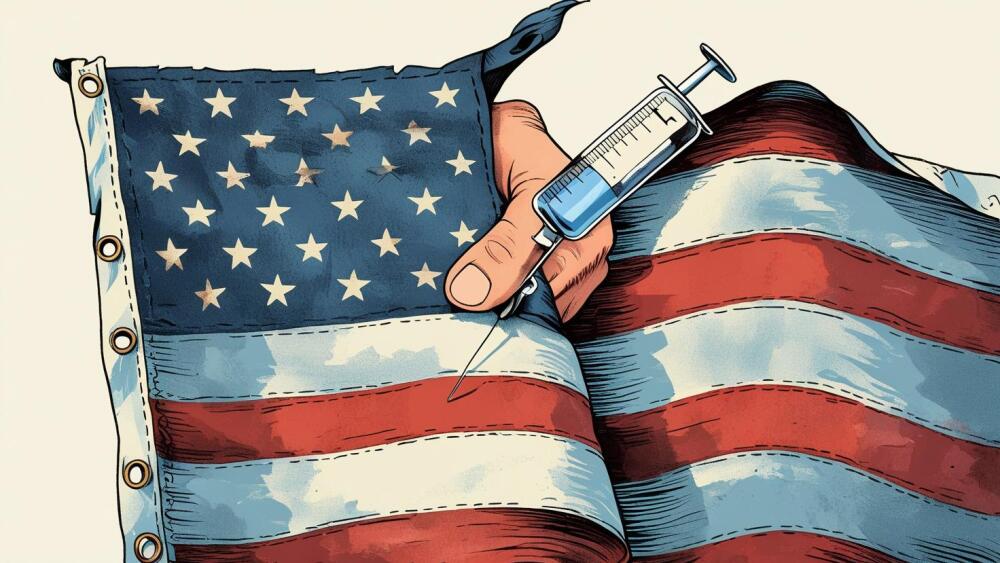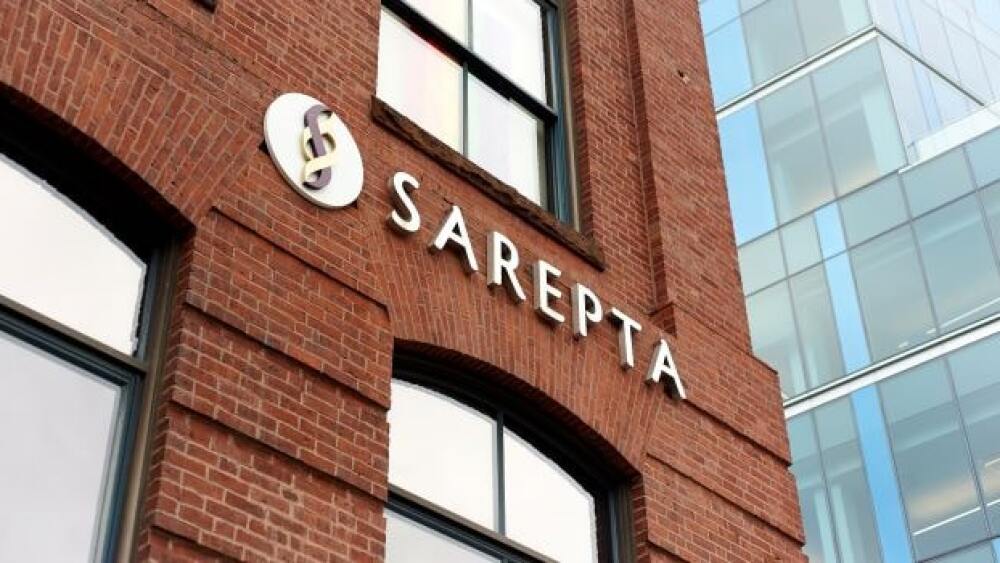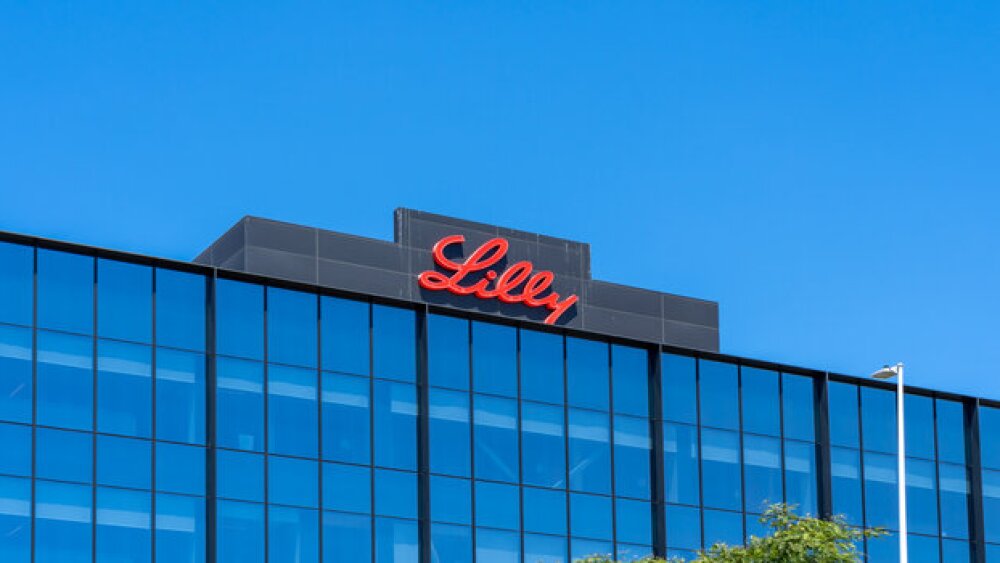All News
Given the evidence, the committee has recommended that the labels for Novo Nordisk’s Wegovy and Ozempic be updated to include the “very rare” risk of non-arteritic anterior ischemic optic neuropathy.
Otsuka’s investigational antibody sibeprenlimab approximately halved levels of this key biomarker in patients with immunoglobulin A nephropathy.
Vaccine skepticism is at an all-time high in the U.S., and HHS Secretary Robert F. Kennedy Jr. is making some drastic moves in the name of reversing that trend. But misinformation and inconsistencies within the country’s healthcare agencies highlight problems with his approach.
In a roundtable event on Thursday, HHS Secretary Robert F. Kennedy Jr. said his office will work to eliminate barriers that keep cell and gene therapies from the market.
Analysts at Truist Securities called the mid-stage data a “mixed bag,” also flagging gastrointestinal adverse events. However, the readout is unlikely to be “incremental” to Corcept’s overall stock narrative.
Interim results from a small group of children in a Phase I/II trial are essentially in line with that of Elevidys, according to BMO Capital Markets analysts.
In this episode of Denatured, presented by IQVIA, BioSpace’s head of insights Lori Ellis discusses how AI transformation can help organizations navigate a rapidly evolving regulatory environment with senior director of regulatory innovation and technology, Michelle Gyzen.
Analysts reacted positively to the news that uniQure is in alignment with the FDA on an accelerated approval pathway and on target for a Q1 2026 submission for its one-time gene therapy for Huntington’s disease—but patients have been here before.
The Platform Technology Designation, which predates the current FDA leadership, is designed to streamline the drug development and review process, particularly for rare diseases.
The lawsuit alleges that HHS leadership knew the records they used to guide their layoff decisions were inaccurate and contained errors.
Genrix’s velinotamig complements Cullinan’s own pipeline, according to William Blair, which added that the deal will put Cullinan in a better position to target autoimmune diseases.
Massachusetts’ life sciences jobs grew by just 0.03% in 2024, according to a new MassBioEd report. Still, the report found encouraging signs for the industry, noting it’s expected to grow by 11.6% by 2029, adding an estimated 16,633 net new positions.
Disappointing results for iluzanebart come shortly after Vigil Neuroscience struck a buy-out deal with Sanofi, but analysts say the outcome is unsurprising and shouldn’t affect the deal.
Eli Lilly joins up with Camurus to make long-acting versions of the pharma’s obesity and diabetes drugs, joining the industry’s growing pipeline of programs that are differentiated by the frequency of dosing.
The FDA plans to “rapidly make available” rare disease drugs and make use of surrogate endpoints to get promising medicines to patients before they clear the traditional efficacy bar for authorization, Prasad said Tuesday.
Recent decisions to reduce health and science research funding and limit the participation of international students and researchers could prove damaging in the short and long term.
Sanofi and BMS paid big money for rare disease and cancer assets, while Regeneron got in the obesity game; AstraZeneca, Gilead and Amgen shone at ASCO; RFK Jr. and the CDC appeared to disagree over COVID-19 vaccine recommendations and several news outlets are questioning the validity of the White House’s Make America Healthy Again report.
J&J has a multi-year head start, but Gilead believes it can win market share by delivering a drug with better safety and at least as good efficacy.
Jefferies has predicted more small tuck-in deals to come, as biotechs struggle to access capital despite key clinical milestones on the horizon.
A new report from Pitchbook suggests we’re in for a period of more sustainable investing, with VC firms continuing to create and invest in companies, just more carefully.




















